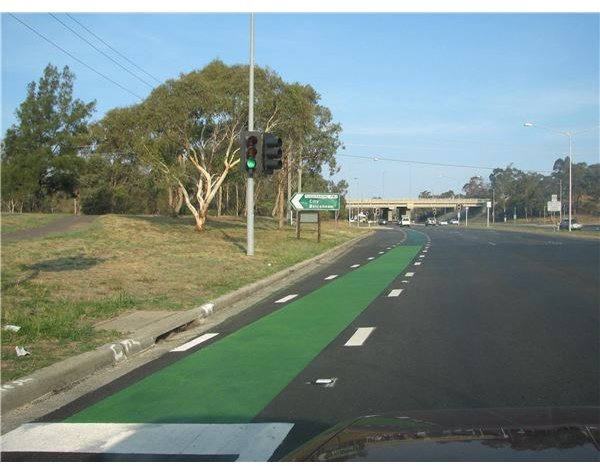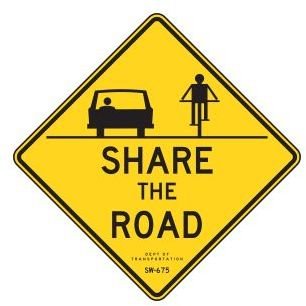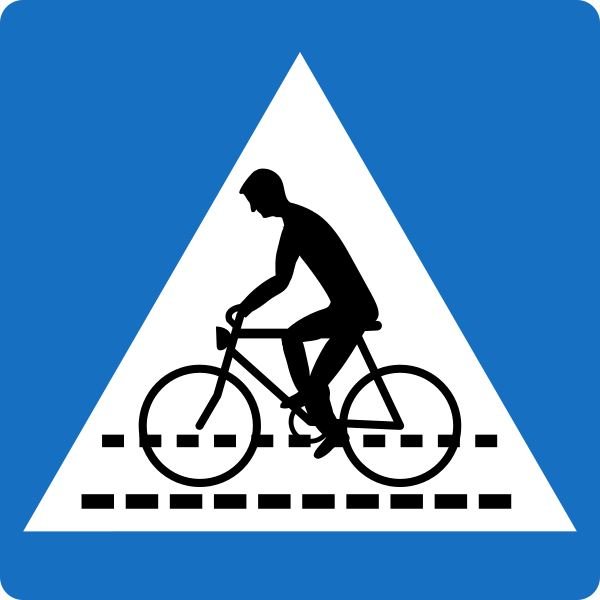Safety Considerations for Bike and Multimodal Paths
Designing a bike path is not as simple as it may sound. In most of the American states, bike-car collisions have already created a lot of problems. Bikes cannot move on the highway along with other speeding vehicles because bikes move very slowly in comparison to cars and other vehicles. One single design is not the solution because they differ depending on the type of traffic and traffic density of the region. Different design methods need to be implemented to develop a balanced commuting channel for the bikers. According to the US Department of Transportation, walking and bicycling facilities must be a part of the road project and cannot be ignored unless under exceptional circumstances. With gas becoming more expensive, high inflation rates, and increased pollution levels, governments and private organizations are promoting cycling activities and to promote it, it becomes even more important to design safe pathways for bikers and offer the best possible road facilities to them.
The Design Guidelines
Safety and accessibility are two important factors associated with bike path design. Those driving a car or a motorcycle often pay no attention to bikers because bikes are considered to be easy vehicles, they move slow, weigh less, and can manage in less space. However, a biker would not be hurt less in an accident, so safety becomes the primary concern while designing a bike path. Accessibility means taking care of intersections, busy traffic areas, and the merging of bike lanes with the main highway. How bikers access the exclusive bike lanes and how do they switch to the main highway without disturbing the flow of traffic is another important aspect. A single design cannot be proposed for a state or a big region because traffic conditions are not same throughout the region, so a mixed design approach is adopted to design safe pathways for bikers. The US Department of Transportation and Federal highway Administration has also stated that adopting a mixed approach will always lead to a better and more economical network.
Major designs that are implemented in American States, recommended by the authorities are mentioned below.
1. Exclusive Bike Lane
2. Mixed or Shared Use Paths
3. Parking Permitted or Praking Prohibited Bike Lanes
4. Off Road Cycle Lanes

Exclusive Bike Lanes are designed and developed on the side of the main road. These roads run parallel to the highway and intersect very rarely, mainly at the traffic signals. Usually these lanes are designed in cities where the roads run for a considerable distance without turning. It helps the bikers to stay safe and travel equal distance as the motorists do. However such lanes are expensive to build and maintain.
Mixed or shared path use is one such model which is combination of different lanes. These lanes usually are designed in cities where

number of bikers commuting on a daily basis along with the traffic density is high. Bikers travel on the main roads along with the motorists and the lanes keep on merging and diverging from the main road depending upon the traffic conditions. Segregated bike lanes are designed on the main highway and are painted with white stripes. Moreover, these lanes are exclusively meant for the bikers and motorists cannot run their vehicle on these roads while passing or for any other reason. However, the mixed pathways require very high level of safety measures because if the bike lanes are not equipped with painted boundaries, indicating boards and warning boards, the accidents are bound to happen. Considering the ever increasing population and number of new vehicles rolling in every year, mixed modal pathways are the need of the hour because they not only save time and money, but also help bikers to move along with the mainstream traffic.

Parking permitted or parking prohibited bike lanes, as the names signify, allow or prohibit the motorists to park their vehicles alongside the bike lanes. When the parking is prohibited, it strictly means that no car should be parked or even enter into the bike lanes. When motorists try to park the vehicles in the prohibited lanes, bikers often face problems. Just imagine you take a turn on an exclusive bike lane and all of a sudden you find a car parked in the middle of the lane. Even in the parking permitted lanes, accidental probability is high because very often motorists open up the doors of their cars on the bike lanes creating trouble for the bikers.
Off road bike lanes are not the lanes where the general bikers would like to go but still off road bike lanes are constructed to help bikers commute through off-road destinations. Bikers generally would not complain about a shortcut that saves considerable time.
Intersections and Traffic Signals - Greatest Hurdles
Irrespective of the design and type of bike pathway, the greatest hurdles are the merging of bikers and motorists on a traffic signal or an intersection. Most accidents happen in these places because regulating the bikes and motors at such junctions becomes difficult. The Department of Transportation states that while approaching an intersection the bike stripes must be dashed so that bikers get an idea that motorists can turn right and enter the bike lane while turning. At large intersections, mixed or shared pathways become problematic because of vehicles coming from all the directions and entering into the bike lanes becomes inevitable. Even at the traffic signals, if the queue is too long or the signal is too busy, motorists often tend to enter into the bike lanes. This can be avoided by segregating the bikes from motor vehicles as the traffic signal is approached.
Another hurdle remains drainage problem over the bike lanes. In hilly regions, exclusive bike lanes are constructed at a height above than the main road. If the water drainage system is not put in place, it will surely create problem for the main traffic movement and affect the strength of road too.
Bike accidents happen just like other accidents and bikers need to follow bicycle safety tips to ensure their own safety. Bikers must not try to rush with the motorists because a bike is a bike and a car is a car. Drive safely, try not to rush and when moving in the traffic, ensure that a helmet is on your head because if it is not on your head, it will definitely create problems.
References
Design Guidance, US DOT(pdf)
Design Standards for Bikeways, Website(pdf)
Bikebook, AASHTO(pdf)
Images:
Bicycle path, Wikipedia
Shared Pathway, Wikipedia
Protected Bikelane, Wikipedia
Exclusive Bike Lane, Canberra, Wikipedia
